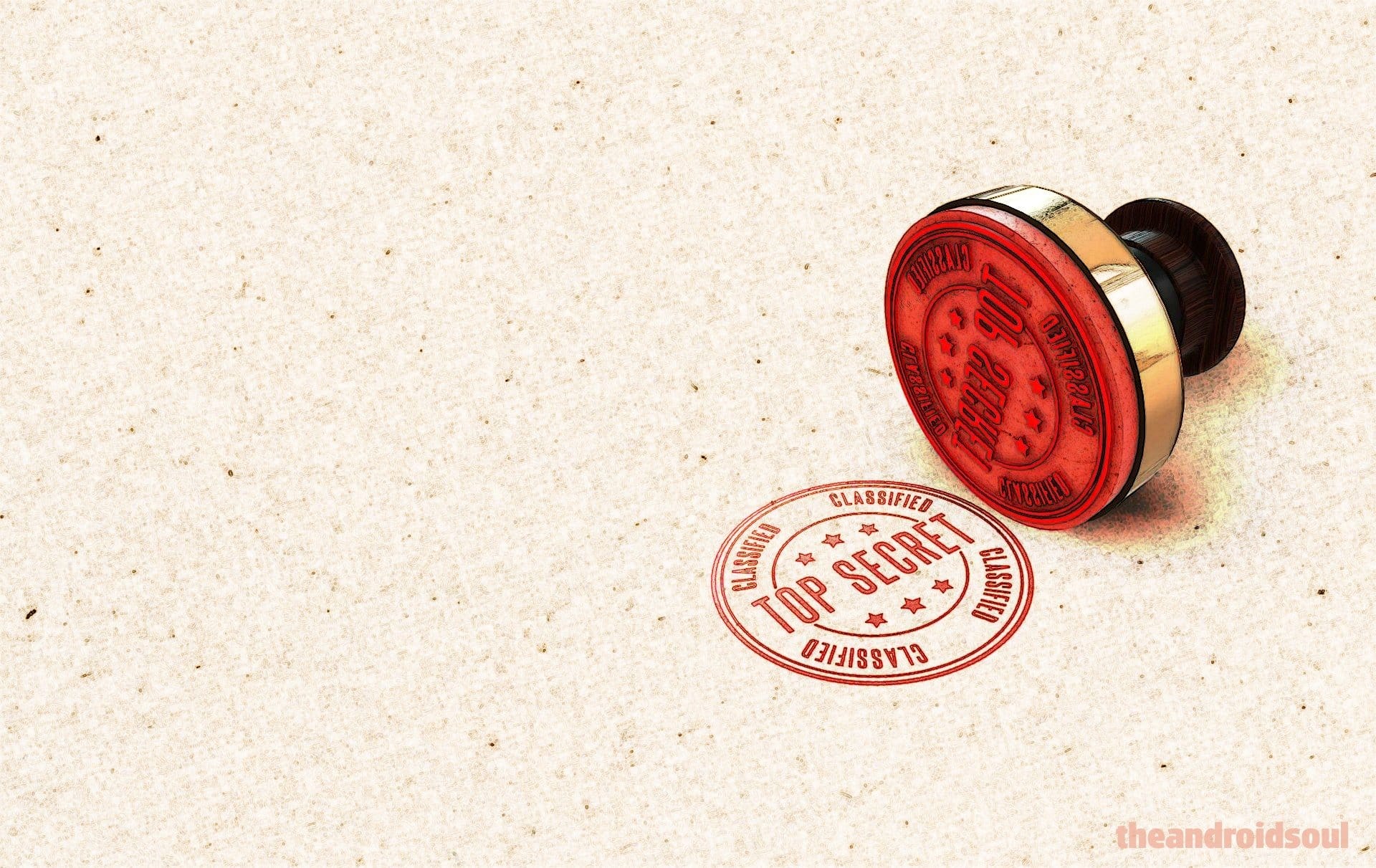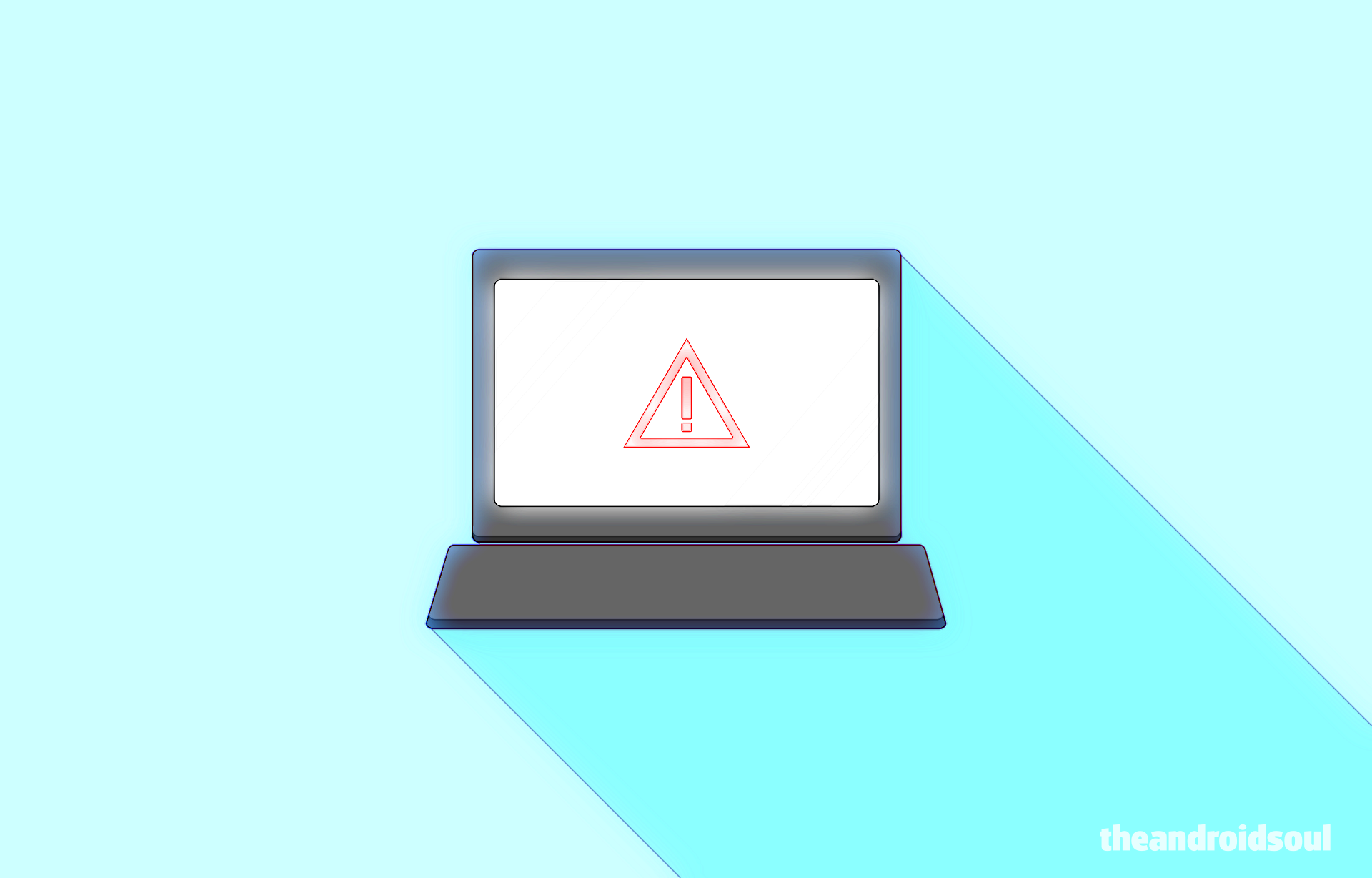The internet has changed the way we perceive the world around us. We see more, experience more, and learn more, emerging arguably as the most sophisticated breed of Homo Sapiens to walk the face of the earth. Exploring the nook and corners of the internet is rather straightforward. You only need a decent internet connection and a web browser to access the ever-expanding universe of the World Wide Web.
While you can access most websites without any hassle, some require you to register with a unique user-id/password combination. These sites usually lead to premium content, allow you to transact, or grant access to your bank records. Picking a username isn’t that difficult, but creating a password that’d actually keep the hackers at bay isn’t something that you can master intuitively.
RELATED: How to safely use Internet banking on your Android
As you might already know, typing gibberish on your keyboard will lead to a strong password. However, recalling them, when you really need to, can be a bit of a challenge. So, in an attempt to help you out, we have decided to create a straightforward guide on password creation. So, without further ado, let’s take a look at all you need to know about creating strong passwords, which you’d actually remember.
Why do we need a strong password?
If you haven’t already guessed, bad people are always after our sensitive information. From your bank details to your Netflix account, the scheme ranges from grand to petty, and, sadly, there’s no stopping the epidemic. A good username and a strong password, however, can go a long way in securing your account, as they make it almost impossible for hackers to breach through with sheer brute force. So, the next time you’re signing up for a service that’s sensitive in nature, pay close attention to the key you’re using.
What is considered a strong password?
Whenever you’re signing up on a new website, you’re likely to get a prompt, which asks you to create a strong password. So, what can be considered as a strong password?
Usually, a strong password has these following traits:
- It’s 8-14 characters long
- Has at least one uppercase letter
- Has at least one number
- Has at least one special character (#, @, etc. )
- Isn’t easily guessable (like your pet’s name)
Rule of thumb says if your password meets the above criteria, it is indeed a “strong” password.
The Dos and Don’ts

In the section above, you’ve seen the traits of a strong password. However, even if your password checks all the boxes, it might not be as secure as you’d hoped.
For example, this password, “P@ssword123,” ticks all the right boxes, but isn’t the most secure password you can create. The placement of numbers “123” is at the end, which is a very common password pattern. Swapping ‘A’ for ‘@’ is clever but is easily guessable. Finally, the word “Password” is one of the most common passwords, ever. So, it’s probably a good idea to steer clear of that one.
Thankfully, there are ways to create a strong password, which would be hard to crack. However, securing your account isn’t only about creating a strong password. There are also a few things you have to keep in mind.
Dos
- Turn on Two Factor Authentication: Most major websites/apps now support Two Factor Authentication. It requires the hacker to have access to your secondary login method, such as your phone, as well as your primary password to get into your account.
- Throw out the dictionary: Steer clear of using general words, names, or compounds of multiple, common words. Capitalizing alternately won’t be helpful if you keep using common phrases or words.
- Use special symbols: Many websites — even older Gmail — don’t encourage you to use numbers, capitalization, or special characters. So, it’s easy to take things lightly and use a weak password.
If you’re accessing a website that has access to premium content or sensitive data, make sure to always use symbols, numbers, and a good blend of upper and lower case letters. All of them add up to increase the complexity of your password.
Don’ts
- Never re-use: Recycling passwords may be easy on your brain, but it puts your accounts at great risk. If you want your data to say secured, make time for creating new passwords.
- Encryption is your friend: If you are looking to shoot your passwords up to the cloud, make sure to encrypt them. Else, if your cloud account gets compromised, all your passwords in that file also get exposed.
Tips for creating a memorable strong password

So far, you have learned the importance of using a strong password and the things you should or shouldn’t do while creating one. However, we still haven’t covered the most interesting bit of the article — the art of creating a super-strong password that you will easily remember.
Method One: From a sentence
American cryptographer, Bruce Schneier, popularized this password-creation method over a decade back, and it has convincingly stood the test of time. The logic here is simple for anyone to understand while remembering is also quite convenient.
Step 1: Take one of your favorite quotes or song lyrics. For example, if you love Breaking Bad, you must remember Walter White’s famous “I am the one who knocks!”.
Step 2: Take the first letter from each word of your favorite sentence. Include punctuations (symbols), too. So, “I am the one who knocks!” becomes “Iatowk!”
Step 3: We must also add numbers into the mix. For example, Breaking Bad was released in 2008, which we can use in this scenario. However, we must be careful not to resort to a familiar password pattern. So, instead of putting the year at the end of the password, we break it down and attach them at either end.
Final password: “20Iatowk!08”
Method Two: Random Passphrases
Passphrases are generally harder to crack than traditional one-worded passwords. However, with the evolution of modern-day computers, it has become quite difficult to keep a passphrase that the system won’t easily hunt down using the Dictionary method. Also, you’re also required to steer clear of common passphrases, which are easily recognizable.
Step 1: This method requires you to come up with a random passphrase or a string of random words. Either of “Ronaldo ducks out flying UFOs” or “Lost Time Chair Input Doctor School Car” would do. The key difference between passwords and passphrases is that the former doesn’t contain spaces.
Step 2: After picking your phrase, add a couple of symbols and numbers into the mix.
For example: “Lost Time Chair Input Doctor School Car” becomes “Lo$t Tim3 Chair Input Doctor School CaR”
Method Three: Person-Action-Object
The Person-Action-Object (PAO) method is another fun way of creating passwords or passphrases. And just like the other two methods preceding it, PAO, too, is extremely secure.
The human brain has a knack for remembering the most bizarre incidents, and the PAO method counts on the same to create memorable passwords.
Step 1: Pick a person, an object, and link those two using an action. For example, “Michael Jackson eating an airplane in Florida”.
Step 2: Add numbers and symbols to the passphrase to complete or take a couple of letters off each word and fuse them together to create a password. Example: “Michael Jacks0n e@ting an airplan3 in Florida” or “20MiJae@anaiinFl20”
The practicality of such methods
Having gone through the three different methods, you are probably already looking forward to changing your important passwords, swapping them for stronger ones. However, despite knowing the usefulness of these methods, we must check whether they are practical for daily use.
Creating two, four, or seven unique passwords and memorizing them isn’t too difficult. However, repeating the process over and over is bound to take a toll on your memory. Fortunately, there are a couple of workarounds, which might come in handy.
Signup for a password manager
We are more than aware of the ever-increasing cyber threat, but the process of changing all our passwords and remembering them just seems a tad too hectic. Thankfully, developers have taken a quick look at the situation and have come up with dedicated applications, which help you manage all your passwords under a single roof. These applications fill in the password field on your behalf, so, you don’t have to bear the hassle of juggling multiple passwords. Simply remember the master password of the password manager, and you’re set.
Mix it up
If you’re not looking to splurge your hard-earned money on a password manager, you could go down a little less secure route and only bolster the services you deem to be sensitive. For example, you could use unique, strong passwords on your banking or shopping sites and keep a common password for other less important websites. Be sure to make the common password as strong as possible.
RELATED:
- How to manage your passwords on Google
- How to find WiFi password on Android
- How to set a password on individual notes on Android
Fortify it with Two-step authentication
Yes, adding a two-step authentication is a way to go in 2020!
Read all about it on our page on Two-Step authentication below which explains what the concept is and how to set it up, activate and use.
→ What is Two-Step Authentication, how to set it up and use it
RELATED:













Discussion